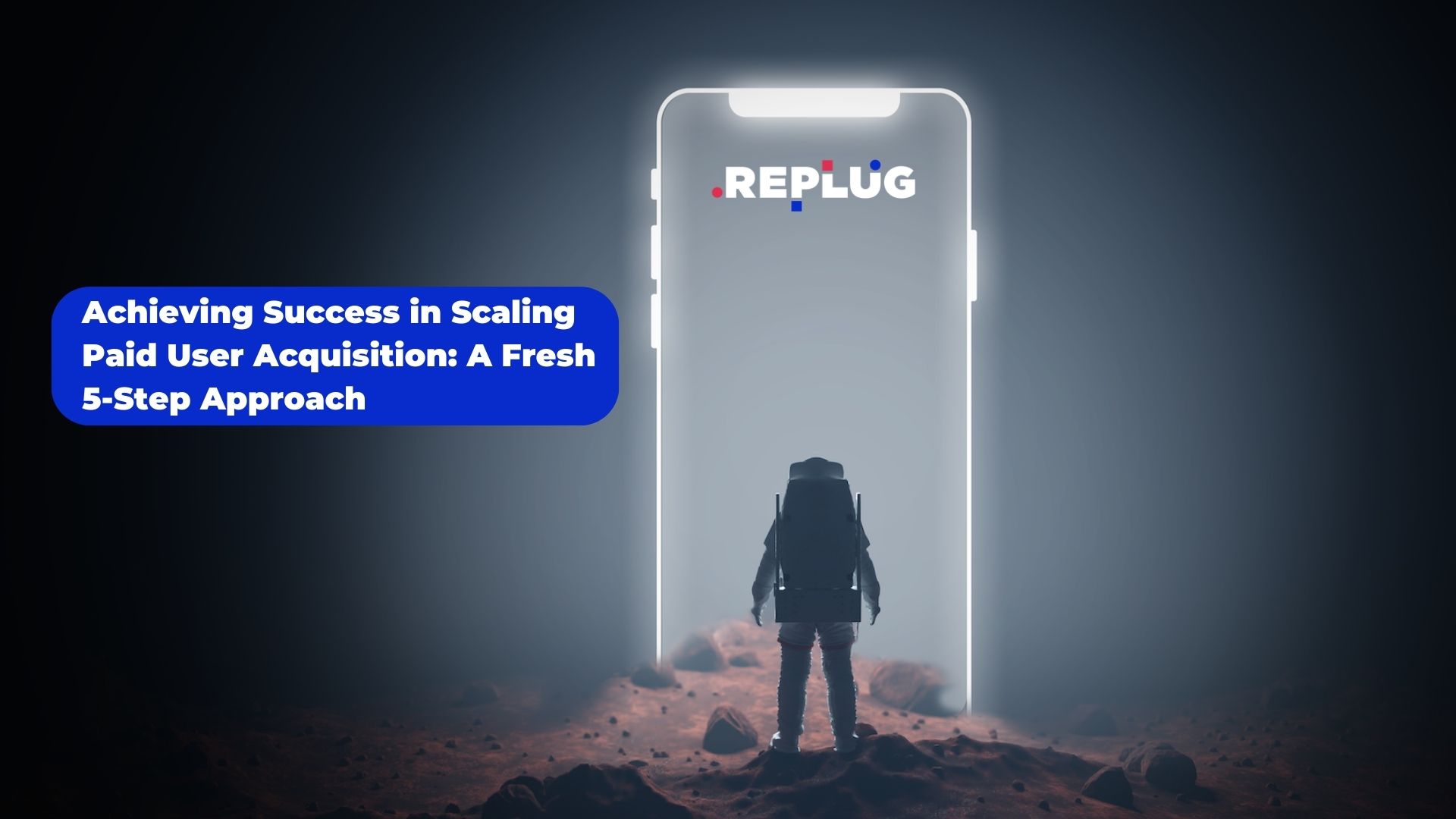 The media is currently full of stories about how happy people are with the new iPhone version 4 and how many phones Apple is selling – according to the press coverage, the iPhone version 4 is the fastest selling iPhone to date.
The media is currently full of stories about how happy people are with the new iPhone version 4 and how many phones Apple is selling – according to the press coverage, the iPhone version 4 is the fastest selling iPhone to date.
But these articles are not describing the iPhone 4 from a financial perspective and none of the articles actually describe the impact the iPhone 4 will have on operators that are marketing and selling iPhones to their customers.
If you want to assess the iPhone 4, you need to examine its sales based on six parameters:
1. How does the iPhone 4 differ compared to previous iPhone models? For example, is it cheaper than previous models, thereby enabling a larger segment to be able to afford an iPhone? The answer to that question is No. It costs the same as the previous models, it is not cheaper and it is not expanding the size of the “people who can afford an iPhone” market.
2. Does the iPhone 4 have a new form factor that makes it attractive to new customer segments that did not purchase previous iPhone models due to the design? No, the new model is basically a facelift of existing models that in many ways can be compared to the launch of a new VW Golf – people who didnt like the old iPhone will most probably not change their mind having seen the new iPhone 4.
3. Which customers will primarily purchase the new iPhone 4, new customers or existing iPhone customers that want the new model? The answer to that question is that almost everyone who purchases a new iPhone will be existing iPhone users.
4. How will a massive upgrade of the iPhone base influence the economy of operators that have large customer bases that want a new, subsidised iPhone 4? The answer is that the new iPhone 4 will negatively stimulate the operators’ churn and result in operators’ costs for subsidies and dealer commissions rocketing skyhigh.
5. What will happen with all the old iPhones when people purchase a new iPhone 4? Will they destroy them, or will they try to sell them to friends and family? They will of course try to sell them to friends and family or give them to their children. So where will all these new users of old iPhone models purchase their SIM cards and thereby their traffic? The answer is they will purchase their voice and data where it is cheapest, and in many countries that will be from a no-frill MVNO that sells SIM-only products to iPhone users.
6. How big is the iPhone market? Is it so big that it deserves the uncritical attention it is receiving? The answer is that the total number of iPhone users in the world today is about the same as the number of people holding a Polish passport. During a period where the global mobile market has grown by 1.1bn users, Apple only sold 51m mobile phones, while the other manufacturers sold over 3.4bn phones. The truth of the matter is simply that the iPhone is a niche phone, targeted at a niche segment, that is getting an enormous amount of attention.
At the end of the day, there is no doubt that the launch of the iPhone 4 has been very successful for Apple, but many operators will learn that the new mobile handset that has entered the market these past days will not expand the market and will most probably end up being an expensive new friend for many operators. As we follow the launch of the iPhone 4 from an operators viewpoint, we are very much reminded about the research notes we originally wrote about the iPhone viewed through the eyes of an operator; and another research note we published about how MVNOs were doing good business selling SIM cards to iPhones that mobile operators had heavily subsidised.
We believe that the larger and older a mobile operator’s iPhone customer base is, the more costs they will have from the iPhone 4. We are certain that many of Apples original and largest partners will experience an explosion in churn and that the money they will need to spend on subsidies and dealer commissions will have a negative influence on their revenue during the coming months.
In many areas it looks like the scenario we described in our report, The moment of truth, a portrait of the iPhone in the summer of 2009 is repeating itself and that we will once again perhaps experience mobile operators issuing profit warnings due to large subsidies for the new iPhone 4.
John Strand is CEO of Strand Consult
















